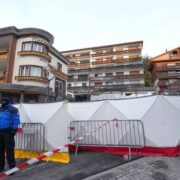Rock climbing gives the ultimate high
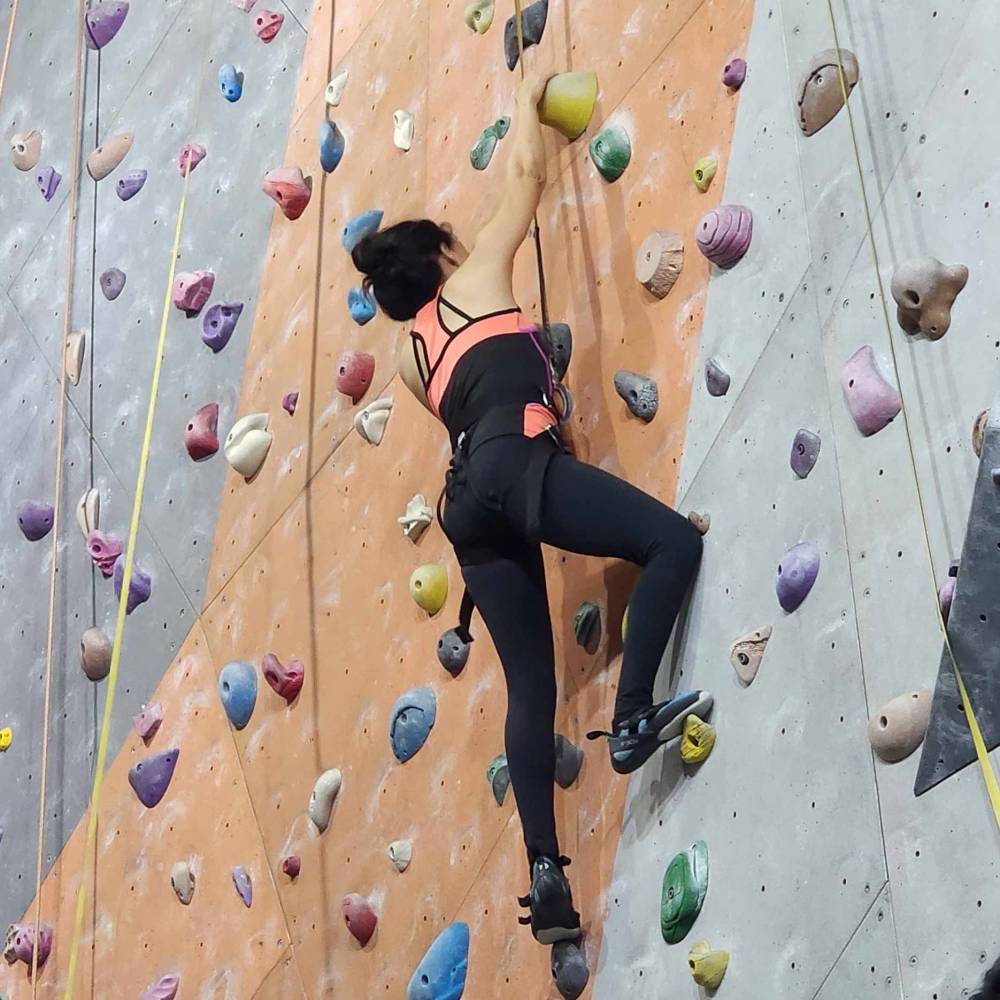
Social media posts on rock climbing, whether done indoors or outdoors, typically generate a good number of likes and favorable comments. Beyond bragging rights, a successful attempt at this sports discipline shows above-average level of fitness because it’s actually a full-body workout.
Regular practice will help boost even more the climber’s muscular strength, cardiovascular endurance, core stability, balance, and flexibility. Additionally, according to various studies, there will be increased brain power involved in the constant decision-making while navigating a route. The same goes for improved mental health, especially after overcoming struggles.
Indoor rock climbing is a good starting point for newbies to learn the fundamentals of free or unaided climbing with emphasis on sport climbing. In sport climbing, which is a modern discipline of traditional rock climbing, climbers use devices, such as the manufactured grips or holds already set on an artificially constructed climbing wall.

You can go to a facility called a climbing gym equipped with artificial walls that mimic natural rock surfaces. In Metro Manila, there are at least three climbing gyms: Power Up, Climb Central Manila, and The Bouldering Hive.
Power Up and Climb Central are primarily into top rope climbing, wherein the climbing rope is already in place with the anchor at the wall’s summit. They teach new climbers the belaying technique that enables a climber to be secured by a rope or harness that is controlled by another person, known as the belayer.
The Bouldering Hive, on the other hand, specializes in another branch of rock climbing called bouldering. Here, climbing is done close to ground without using ropes but provided with crash matting for protection.
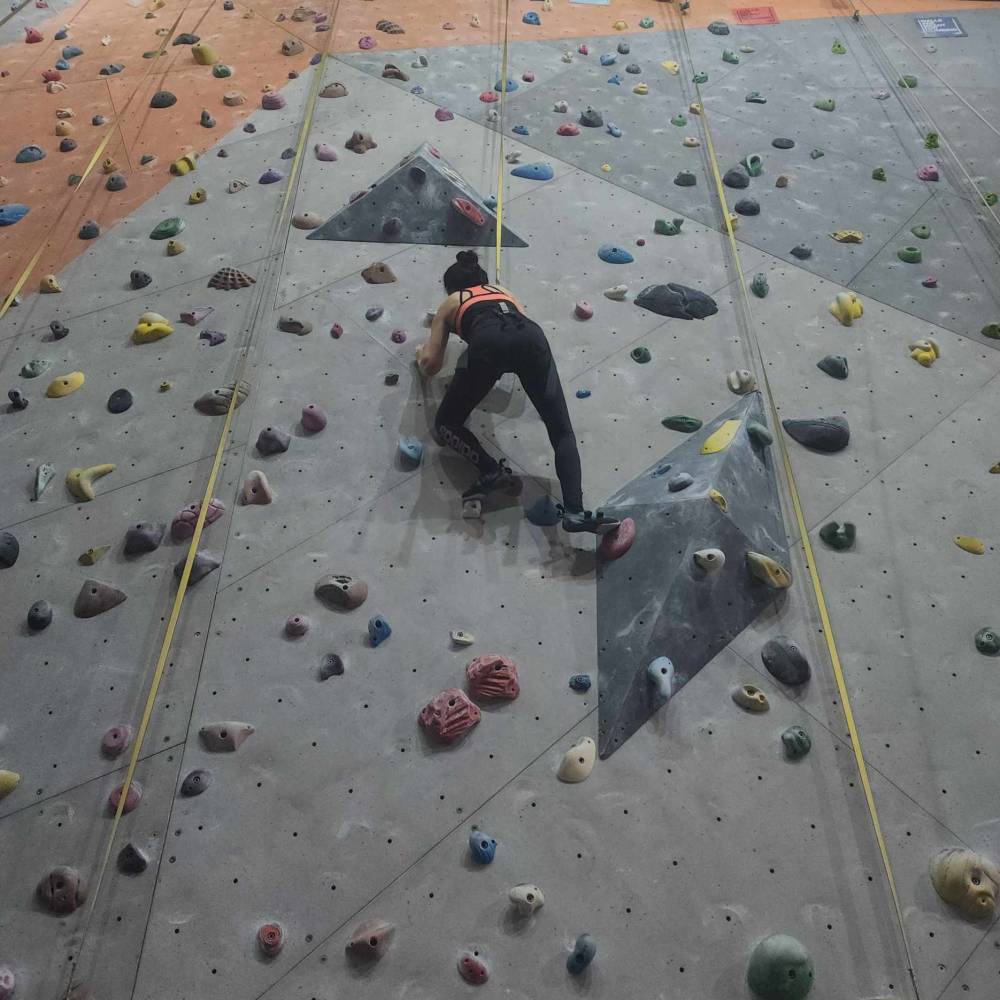
What to expect
If you want to try indoor climbing but don’t feel strong enough for it, you need not worry, said Forest Candelaria of Climb Central Manila. “You just have to have fun muna.”
That’s because, he told Lifestyle, “We just want it be an activity more than a sport. We want wall climbing to be a part of people’s lifestyle, contributing not only physically but as a social option or a mental health option.”
On a recent visit to the climbing gym, located at the Greenfield District in Mandaluyong City, we noticed many first-timers attempting to scale the climbing wall that’s 12 meters (40 feet) high. They usually came in groups, consisting of either friends or family members. Parents can bring their children, who are at least 5 years old with a minimum height of 1.1 meter (3.60 ft) and weight of 20 kilograms (44 lbs).
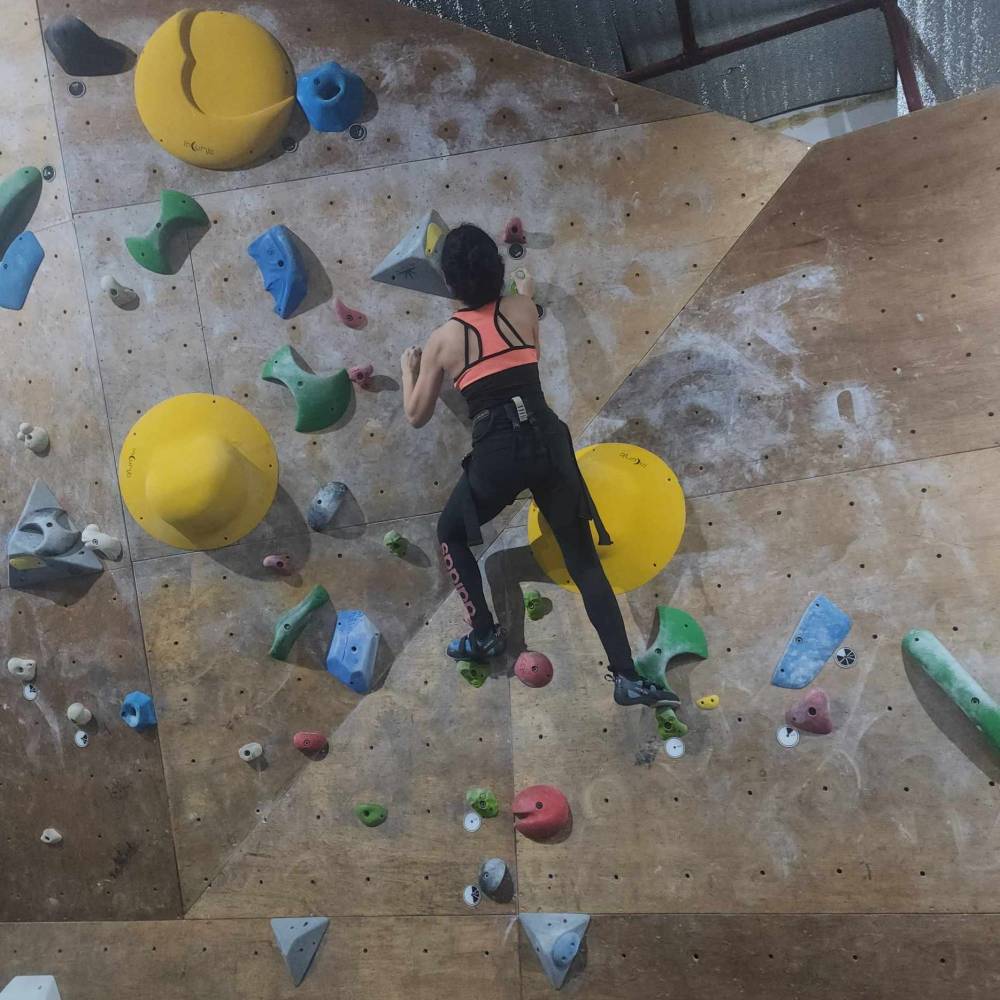
Candelaria explained that for adults, the weight limit is 140 kg (around 300 lbs) because the climbing gym’s equipment can no longer carry that much weight. Those with a shoe size beyond 15 are advised to bring their own rock climbing shoes as availability at the facility is not assured. He stressed that only those wearing the specialized footwear are allowed inside the approximately 750 square meters of climbing wall space.
He added that the shoe rental comes with the facility rates. The walk-in entry of P850, for instance, entitles an adult climber to a day pass and use of an equipment set consisting of a harness and a pair of shoes. There are separate rates for adults with a child companion or two and another for youth climbers.
When it comes to having health conditions, he suggested that interested climbers get a clearance from their doctors. He also encouraged all those trying out the facility for the first time to preregister on its website, climbcentral.ph, instead of filling out the form on the day of their visit.
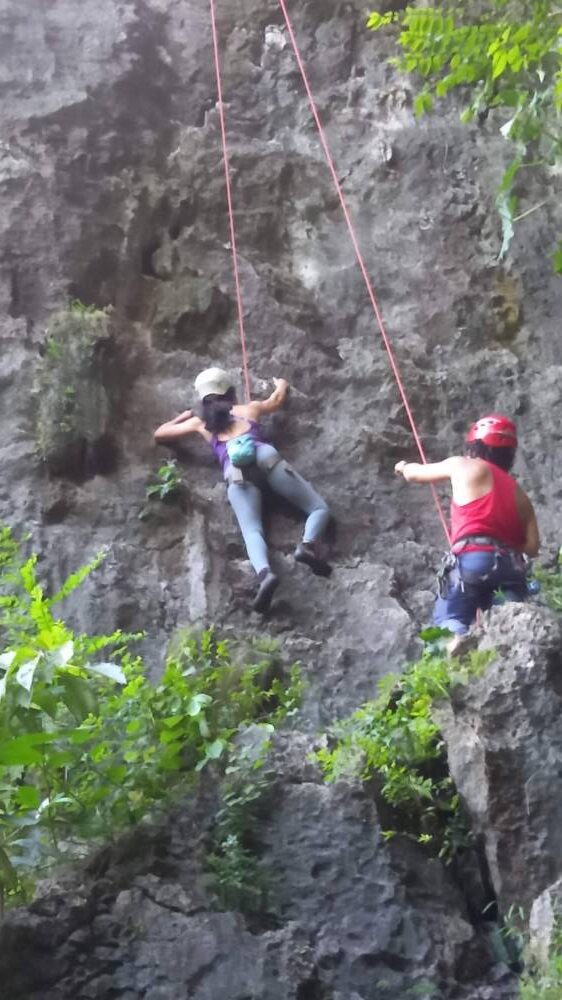
Safety first
We noted that before climbers can enter the climbing wall space, they have to wear the harness and shoes assigned to them. Then they have to wait for their turns to undergo the briefing on how to climb using its own belay safe system and auto-belay system.
The auto-belay system is ideal for solo climbers as it eliminates the need for another person to be the belayer. A device has been programmed to perform that role. The solo climbers will just have to attach the device to their harnesses and start their ascent. If they reach the top or decide to go down at any point, they can sort of free fall with the device helping them to safely land.
We observed the crew members were attentive as they did their safety rounds to check on climbers, especially the beginners. They gave reminders on the spot regarding the safety protocol—for instance, on how to properly fasten the device of the auto-belay system. They also gave a separate briefing for those trying out bouldering, which is practiced on the second floor of the facility.
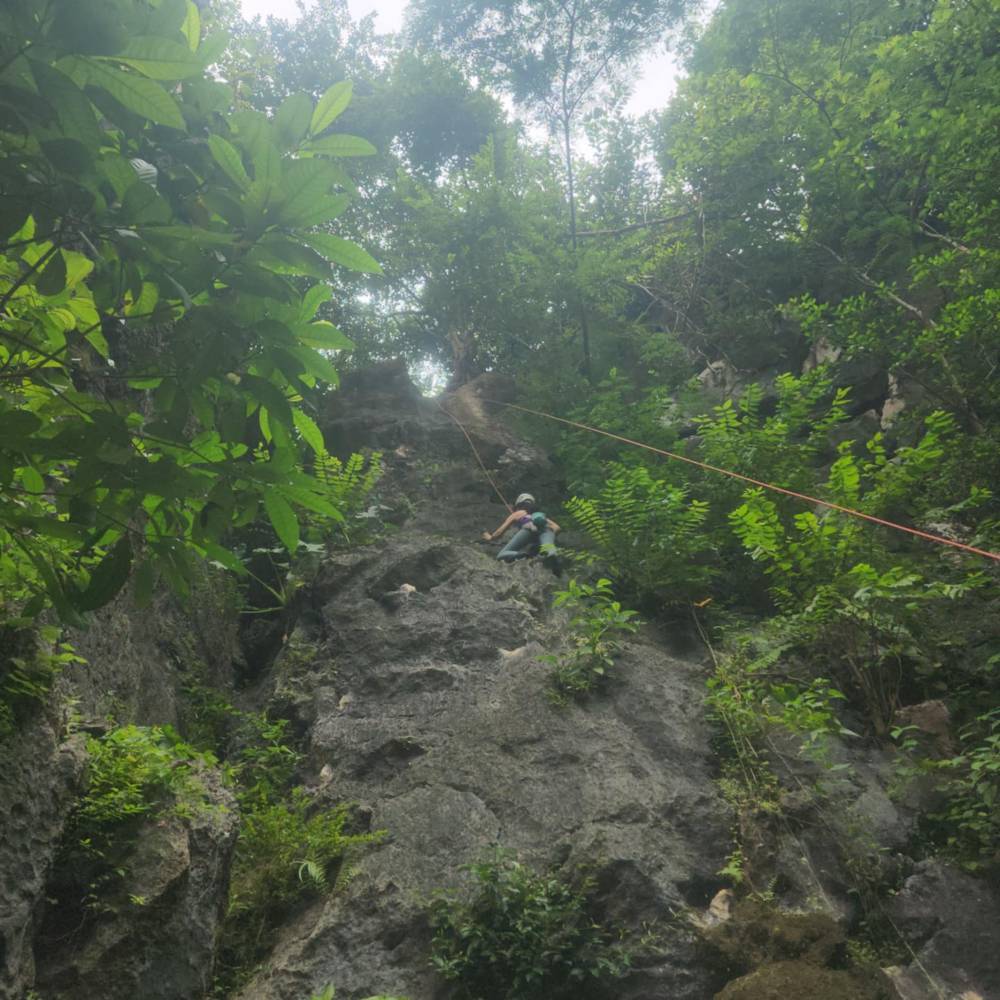
Overall, Candeleria said, they uphold the safety standards set by the Climbing Wall Association, a trade association dedicated to “protecting, connecting and educating” the indoor climbing industry.
Outdoors
After a few visits to the climbing gym, we decided to try rock climbing outdoors. We found rock climbing veteran Carmelchito De Los Arcos on the OutdoorGuidePh Facebook page. We signed up on his group climbing trip (minimum of two participants) held in a part of the Pamitinan Protected Landscape situated near the Wawa Dam in Barangay San Rafael in Rodriguez (formerly Montalban), Rizal.
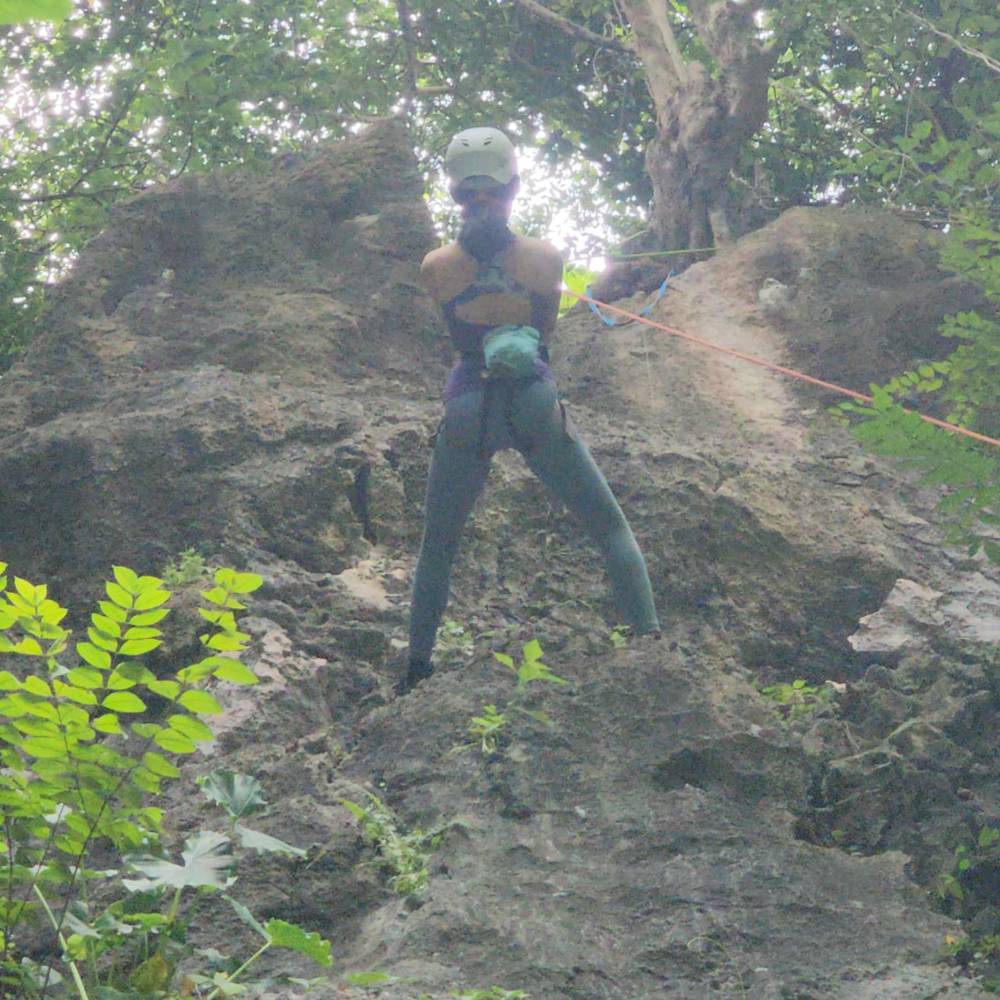
Aside from the rock climbing shoes and harness, De Los Arcos provided us with a chalk bag, so we could conveniently get our hands chalked for a stable grip. He also equipped us with a helmet as we would be encountering real rocks, not just the manmade grips or holds used in climbing gyms. After setting up the top rope anchor and ropes, he took on the dual roles of a belayer and guide as we were climbing.
The route was tougher than the ones at the climbing gyms, where we could always decide to stop and just go down. We couldn’t do that in a natural setting, especially since our belayer was passionately encouraging us to go on. Reaching the top gave the definitive feeling of awe that mixed wonder with appreciating nature and overcoming our fear of falling.
Then again, there was an assurance of safety as long as the belayer was responsibly holding the rope that would eventually help us rappel down to the ground. Now on to the next route—and adventure.









